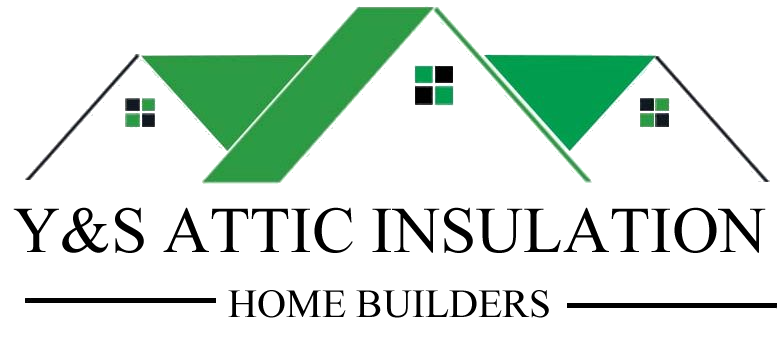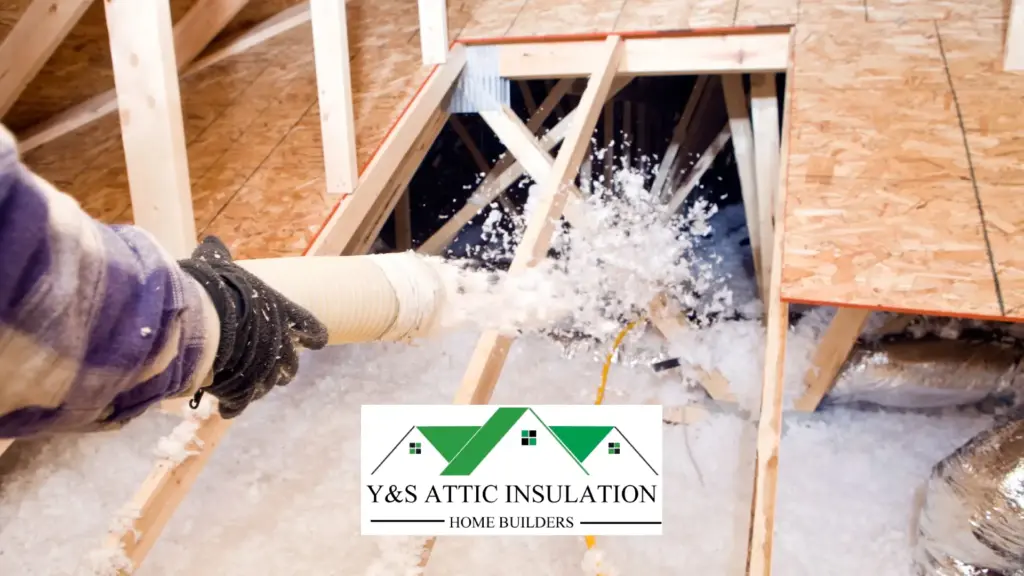Choosing the right type of attic insulation is essential for maximizing energy efficiency and maintaining a comfortable indoor environment. With different materials and insulation types available, finding the best fit depends on factors like climate, budget, and insulation performance. Here’s what to consider when selecting attic insulation for your home.
Understand R-Value and Climate Needs
The R-value measures insulation’s resistance to heat flow, which is critical for energy efficiency. Higher R-values provide better insulation, especially in colder climates. For example, regions with harsh winters typically need a higher R-value for effective attic insulation, while warmer climates can manage with a lower R-value. Checking the recommended R-value for your climate zone is an excellent first step in choosing the right insulation.
R-Value Recommendations by Climate
Cold climates often require an R-value between R-49 and R-60, while milder climates may only need R-30 to R-38. Be sure to choose attic insulation with an appropriate R-value to prevent energy loss and keep heating and cooling costs down.
Types of Attic Insulation Materials
There are several common types of attic insulation materials, each with unique properties. Understanding the benefits and limitations of each type helps ensure you select the best material for your home’s needs.
Fiberglass Insulation
Fiberglass insulation is one of the most popular options for attic insulation. It’s affordable, easy to install, and offers good R-value per inch. Fiberglass is available in both batts and loose-fill forms, making it versatile for different attic spaces. However, proper installation is necessary to avoid gaps that can reduce its effectiveness.
Spray Foam Insulation
Spray foam insulation provides a high R-value and excellent air sealing, which helps prevent drafts and moisture buildup. While spray foam is more costly, its superior insulating properties can lead to significant energy savings over time. This option is especially beneficial for irregularly shaped attics or areas that require additional air sealing.
Cellulose Insulation
Made from recycled paper treated for fire resistance, cellulose insulation is eco-friendly and effective. It works well in filling gaps and hard-to-reach spaces, providing a consistent layer of insulation. Cellulose is commonly used as loose-fill insulation and is ideal for retrofitting older homes. However, it may settle over time, which can reduce its R-value.
Consider Installation Factors and Costs
Installation requirements and budget are also key considerations when choosing attic insulation. Some materials, like spray foam, require professional installation, which can add to the overall cost. Fiberglass batts and loose-fill insulation can often be installed by homeowners, making them more budget-friendly options for DIY projects.
Weighing Initial Cost vs. Long-Term Savings
While high-performance insulation like spray foam may have a higher upfront cost, the energy savings over time can offset the expense. Evaluating both the initial investment and potential long-term savings can help you choose the most cost-effective attic insulation for your home.
Selecting the right attic insulation involves understanding R-values, choosing the right material, and factoring in installation needs. With the right insulation, you can enjoy a more energy-efficient and comfortable home year-round.
Learn more about Attic insulation:
The Benefits of Upgrading Your Attic Insulation: Energy Efficiency and Beyond

